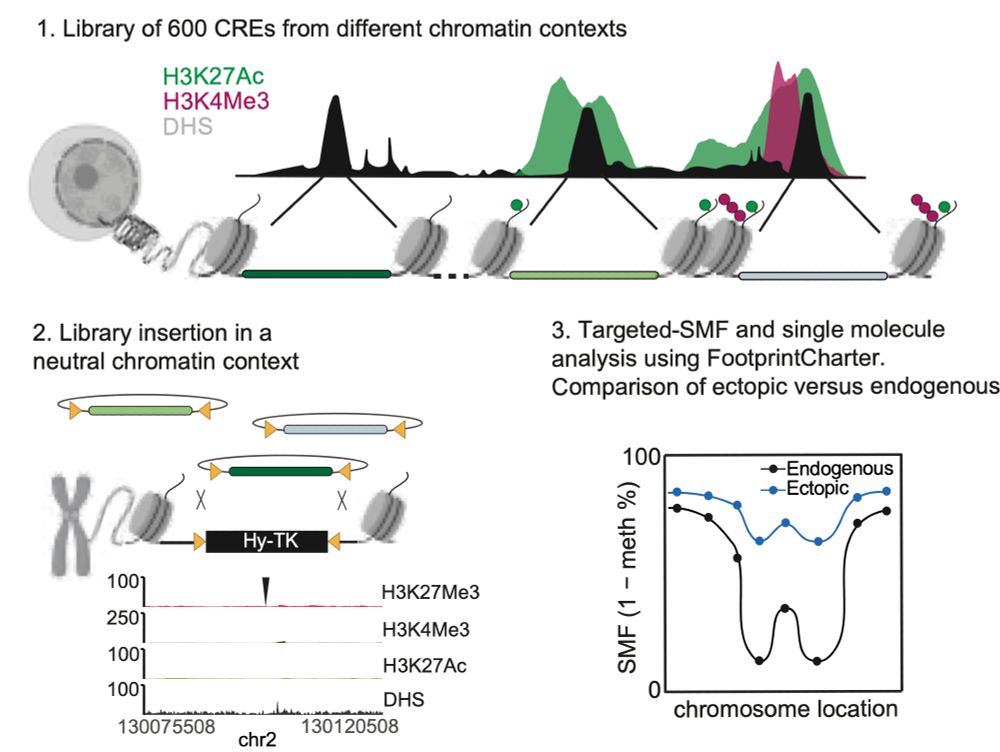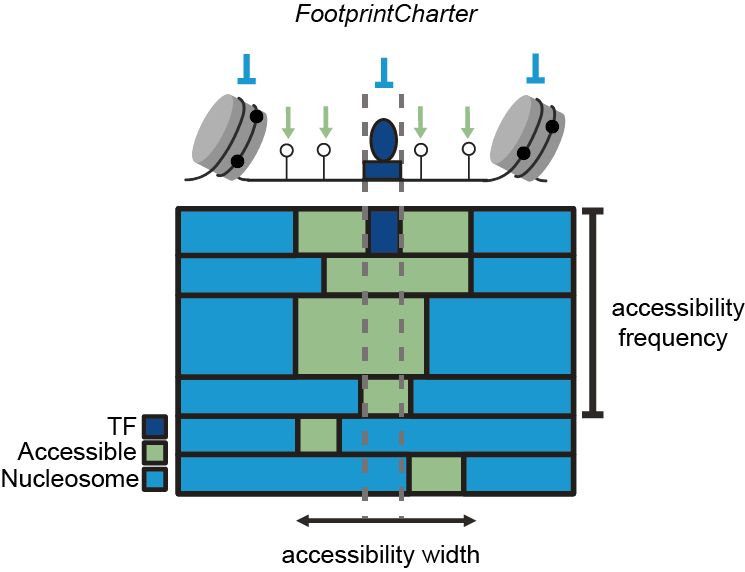Valentina Baderna
@valentinabaderna.bsky.social
55 followers
58 following
29 posts
PhD student @EMBL in the Krebs Lab
Posts
Media
Videos
Starter Packs










